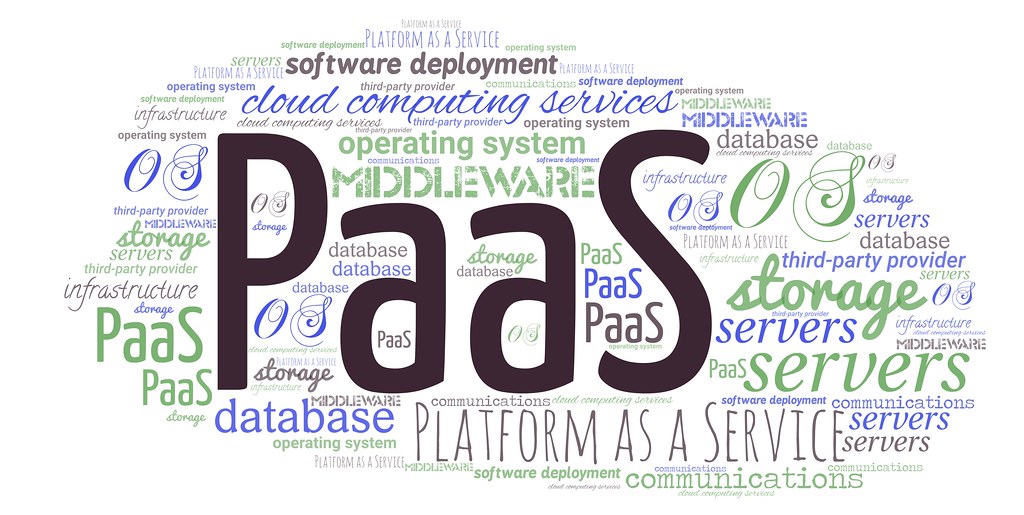- What is Cloud Computing
Cloud technologies enable users to access necessary facilities and services, such as computing or storage resources, through network connections, typically over the Internet. This reduces the reliance on physical servers and hardware on-site. Instead, users or clients can connect to data centers that lease access to their hardware.
In simpler terms, the “cloud” refers to a network of data centers containing numerous servers. When data is stored “in the cloud,” it means that it is stored on specialized servers configured for this purpose. If a software application is deployed “in the cloud,” it utilizes the computing resources of one or more servers.
Cloud services allow software developers to create and utilize a remote distributed infrastructure. This infrastructure can be customized and easily adjusted based on the current needs of the development team. Cloud service providers typically offer flexible plans and pricing models. Additionally, most providers have data centers located worldwide to ensure optimal speed and accessibility regardless of the user’s location.
Cloud computing has revolutionized the way developers build, deploy, and scale applications. With its promise of scalability, flexibility, and cost-efficiency, cloud computing has become an integral part of modern software development. In this article, we’ll explore the fundamentals of cloud computing for developers, including key concepts, benefits, and best practices.
Understanding Cloud Computing
Cloud computing refers to the delivery of computing services over the internet. Instead of owning and maintaining physical servers, developers can access computing resources, such as servers, storage, databases, networking, and software, on a pay-as-you-go basis from cloud providers like Amazon Web Services (AWS), Microsoft Azure, and Google Cloud Platform (GCP).
Benefits of Cloud Computing for Developers
-
- Scalability: Cloud computing allows developers to scale their applications up or down based on demand. This means they can easily accommodate traffic spikes without having to provision and maintain additional infrastructure.
-
- Flexibility: Cloud computing offers developers the flexibility to choose the programming languages, frameworks, and tools that best suit their needs. They can also deploy applications across multiple cloud providers for added redundancy and resilience.
-
- Cost-Efficiency: Cloud computing eliminates the need for upfront hardware investment and allows developers to pay only for the resources they use. This can result in significant cost savings compared to traditional on-premises infrastructure.
Key Concepts in Cloud Computing

Infrastructure as a Service (IaaS): IaaS provides virtualized computing resources over the internet. Developers can rent virtual servers, storage, and networking infrastructure from cloud providers.

-
- Platform as a Service (PaaS): PaaS offers a platform for developers to build, deploy, and manage applications without the complexity of managing underlying infrastructure. Examples include AWS Elastic Beanstalk and Google App Engine.

-
- Software as a Service (SaaS): SaaS delivers software applications over the internet on a subscription basis. Examples include Google Workspace and Microsoft 365.
Best Practices for Cloud Computing
-
- Security: Implement robust security measures, such as encryption, access controls, and regular security audits, to protect your cloud resources from unauthorized access and data breaches.
-
- Cost Optimization: Monitor and optimize your cloud usage to avoid unnecessary costs. Use auto-scaling and resource tagging to optimize resource utilization and cost allocation.
-
- Reliability and Availability: Design your applications for high availability and fault tolerance by leveraging cloud provider’s services like load balancers, auto-scaling, and multi-region deployment.




